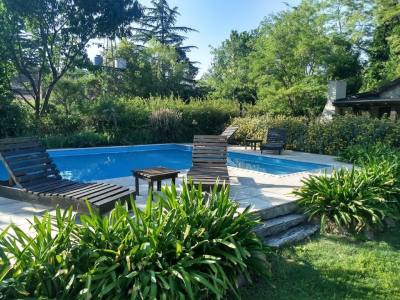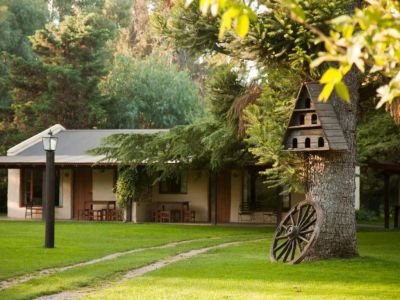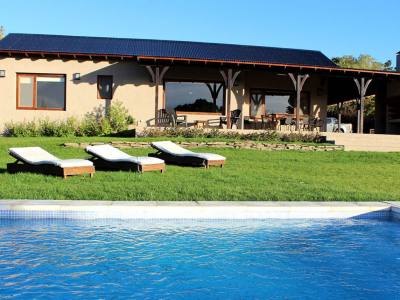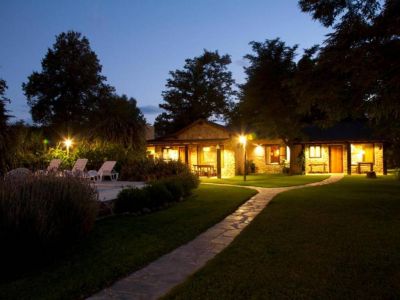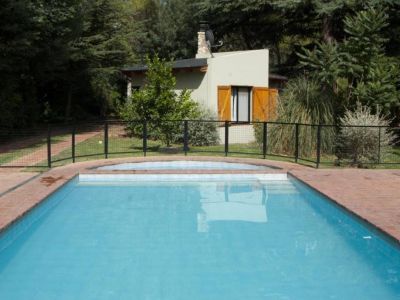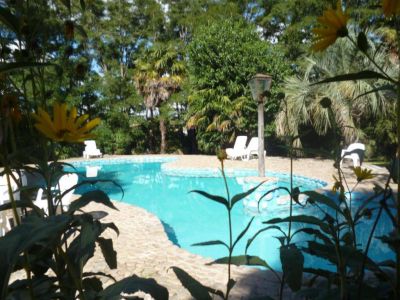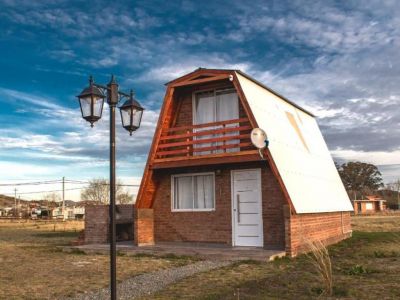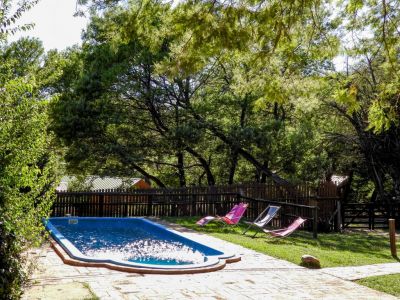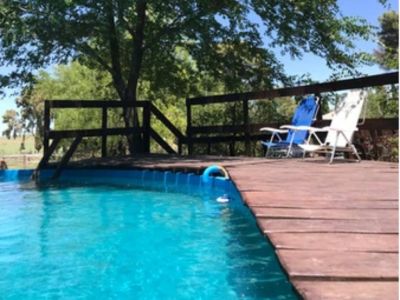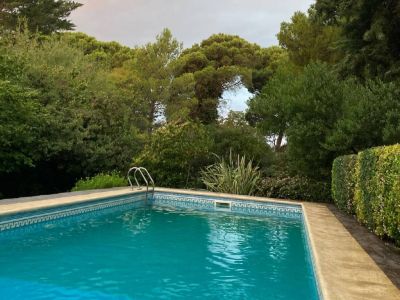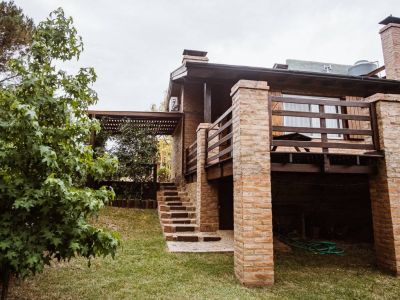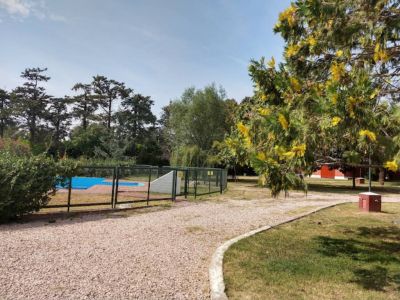There is a challenge for all those who visit the shire: going up to the famous window and seeing everything from the summit. Here is a map of the 10 stages to reach the top.
Every time I go back to Sierra de la Ventana and I feel like returning to its famous window, I head for its base, to the mystic campsite Héctor Jorge Perrando immortalized with his anecdotes about mountain climbing over twenty years ago.
The Base of Mount Ventana: the Starting Point
The first thing to do in order to climb to the well-known window is learn to dress up. Wear comfortable footwear or hiking shoes, socks, sweatpants, a T-shirt, a light coat or sweatshirt, a hat, sunglasses and, if it is cold, the outfit may be complete with a good pair of gloves. It is advisable to carry some cereal bars, one or two bottles of mineral water and a change of clothes to wear when the ascent is over.
The base of Mount Ventana is the starting point, the place where the ascent begins after having entered the Ernesto Tornquist Provincial Park.Visitors must register there. The time they depart is recorded in the sheets of the Daily Book of Ascents and Descents for their own safety.
Possible destinations include “the natural pools”, which is a moderate effort tour and takes about 2 or 3 hours (round trip), and “the forgotten throat”. Demanding much less effort, this tour enables visitors to get to a natural cascade and takes only one hour (round trip).
The most popular self-guided trail is the one leading to the famous natural opening after which the entire mountain range is named: la ventana (the window), which even puzzled bright Charles Darwin when he toured the area, even though he could never find the spot.
Start the Ascent Before Noon
Going up to the window takes from 5 to 6 hours (round trip) and demands a great physical effort. The trail leads to a small pine forest protecting the base of the mount. Climbers must go up to Stage 1, where the roads fork and a small wooden sign showing number “1” in yellow indicates that the path in the right must be followed.
Getting to this point is a real effort, as it is necessary to walk slowly and even climb amidst ancient pine roots that emerge from the ground and make hiking more difficult.
Stage 2 is visible from Stage 1 and stands approximately 400 meters away. Here, the slope disappears and climbers go through a kind of plain or pastureland, typical of this mountain region.
Stage 3 demands the same intensity and effort, but the next stage is quickly reached. The presence of guanacos and foxes is constant. Even some cougar dares to appear in the distance.
Stage 4 is undoubtedly the break between a slow steady hike and a slow difficult ascent during which it is necessary to watch one's step and find something to grab when climbing begins.
From Stage 5 through Stage 7, there is no alternative but to climb. This is the most difficult part in the mountain. It is important that climbers do not leave the trail to find a shortcut. This would jeopardize the entire ascent for all climbers. It is advisable to make as many stops as necessary, to have a sip of water and catch one's breath in order to continue.
Once at Stage 8, climbers are already on one of the summits of Mount Ventana. Its ridge will lead them directly to the long-awaited hole. In the background, visitors can see Mount Tres Picos, the highest in the Province of Buenos Aires, as well as various natural creeks where the trout planted by the Englishmen have reproduced from the early XXth century.
From Stage 8 to Stage 9, climbers only need to follow a longitudinal path which will require some effort in the last stretch. Stage 9 creates the illusion that the top has been reached and the view from the back of Mount Ventana is simply fantastic.
Number 10 was never an easy number. In the distance, a blaze can be spotted and the rockclibing stage begins. With the low-level flight of the birds dwelling in the summit, Stage 10, is reached. Next to it, one of the most wonderful works of nature in this region: an incomprehensible window without any curtains which lets viewers appreciate the beauty of the shire with as much simplicity and magic that they are convinced that it was totally worth climbing up there.
Pablo Etchevers
Pablo Etchevers




